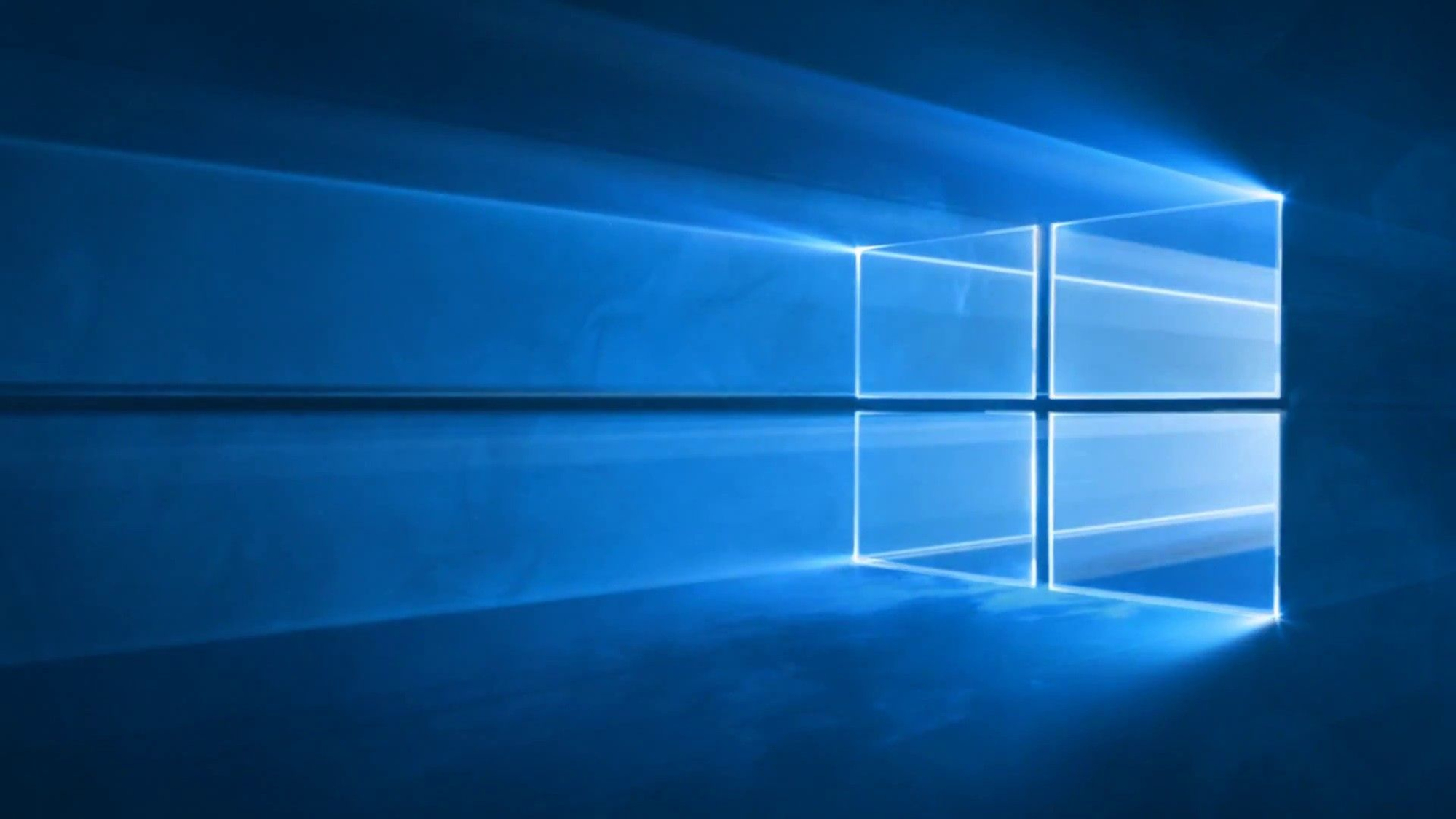Windows 10 moving to annual updates like Windows 11 — what you need to know
Annual updates fall in line with the industry standard

Update: Microsoft may be preparing to add ads to File Explorer in Windows 11
Microsoft plans to update Windows 10 annually with all future updates. Previously, the Redmond-based company released two Windows 10 updates per year. After the November 2021 update that was released today, Windows 10 will not receive another update until late in 2022.
This strategy mirrors what has become a standard in the industry. Apple only updates MacOS and iOS once a year, as does Google with its Android operation system. Switching to annual updates for Windows isn’t unheard of either. After all, Microsoft already employs the same strategy for the recently released Windows 11.
"We will transition to a new Windows 10 release cadence to align with the Windows 11 cadence, targeting annual feature update releases," wrote Microsoft’s head of Windows servicing and delivery, John Cable in a blog post. "The next Windows 10 feature update is slated for the second half of 2022."
Conforming to industry standards may not be the only reason for the shift to annual releases. Microsoft stated that customer input was a factor. Many users were not happy with the additional configuration work that came with installing frequent updates. Stability and performance issues were not uncommon either. Annual updates would alleviate those complaints.
Windows 11 is Microsoft’s primary focus moving forward thanks to better-than-expected adoption by its customers. John Cable said. "Based on the positive rollout update experience and user feedback we have seen to date, we are advancing the pace of the rollout faster than we previously anticipated, and now making the Windows 11 upgrade more broadly available to eligible Windows 10 devices."
Microsoft plans to continue supporting Windows 10 until October 2025. This means we’ll still get a handful of updates for the aging operating system. With that said, it’s likely these will not be significant updates considering the company’s focus on Windows 11. That means you still have time before you need to update to Windows 11. Hopefully, you’ll have a computer capable of meeting Microsoft’s current stringent Windows 11 requirements by then.
Sign up to get the BEST of Tom's Guide direct to your inbox.
Get instant access to breaking news, the hottest reviews, great deals and helpful tips.

Tony is a computing writer at Tom’s Guide covering laptops, tablets, Windows, and iOS. During his off-hours, Tony enjoys reading comic books, playing video games, reading speculative fiction novels, and spending too much time on X/Twitter. His non-nerdy pursuits involve attending Hard Rock/Heavy Metal concerts and going to NYC bars with friends and colleagues. His work has appeared in publications such as Laptop Mag, PC Mag, and various independent gaming sites.
